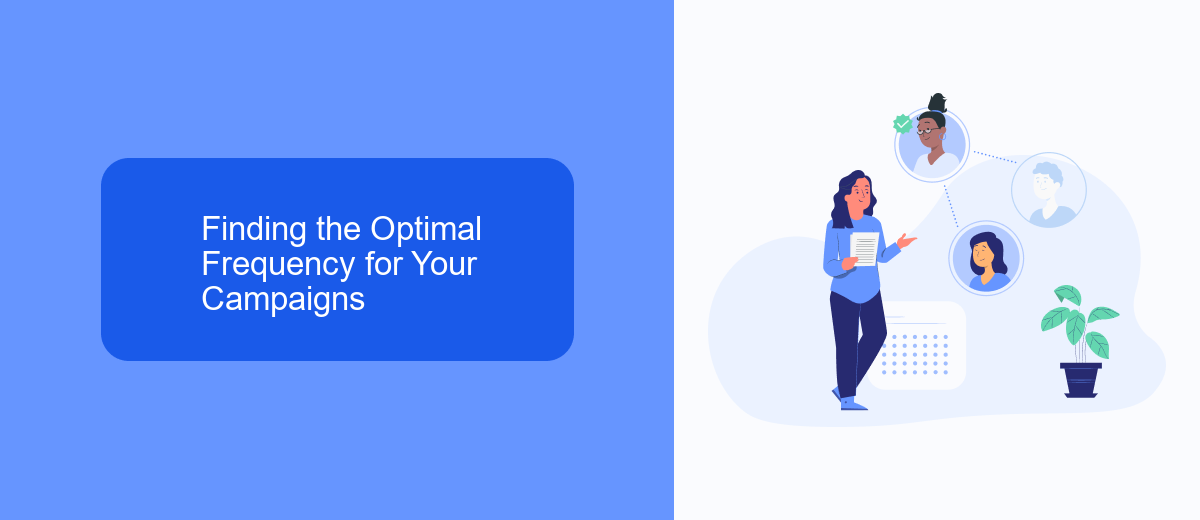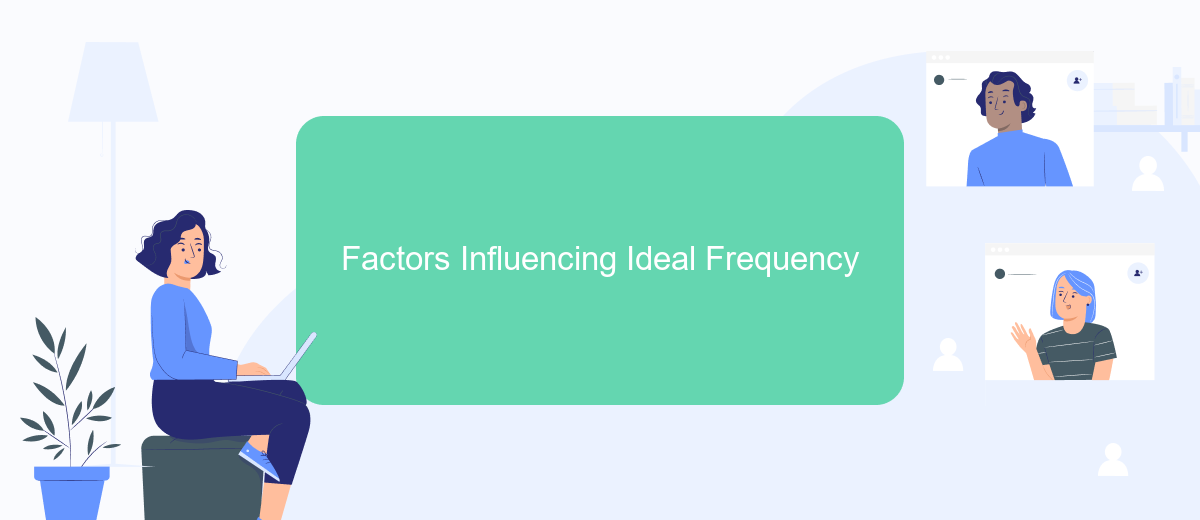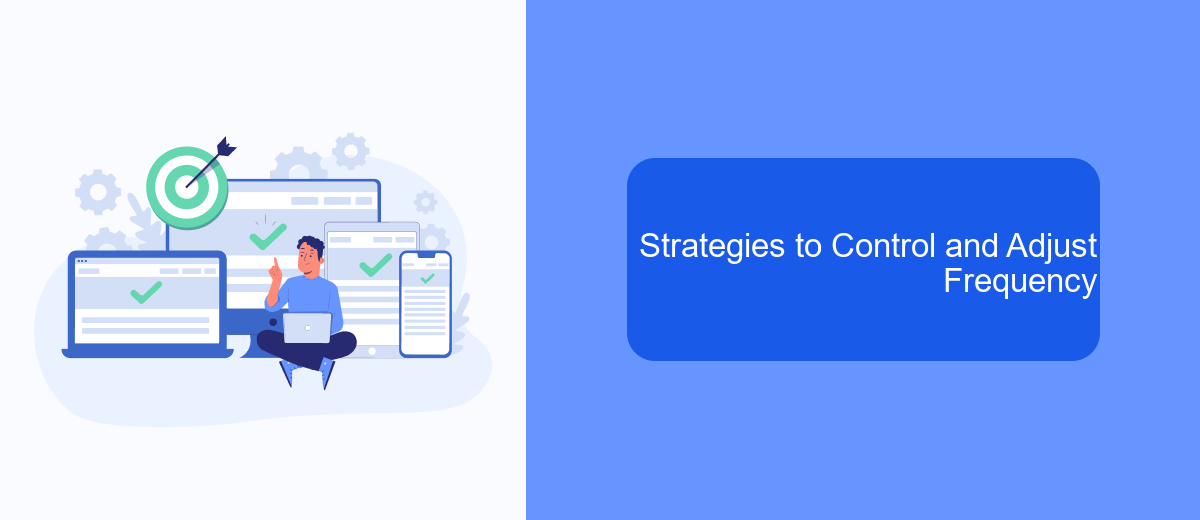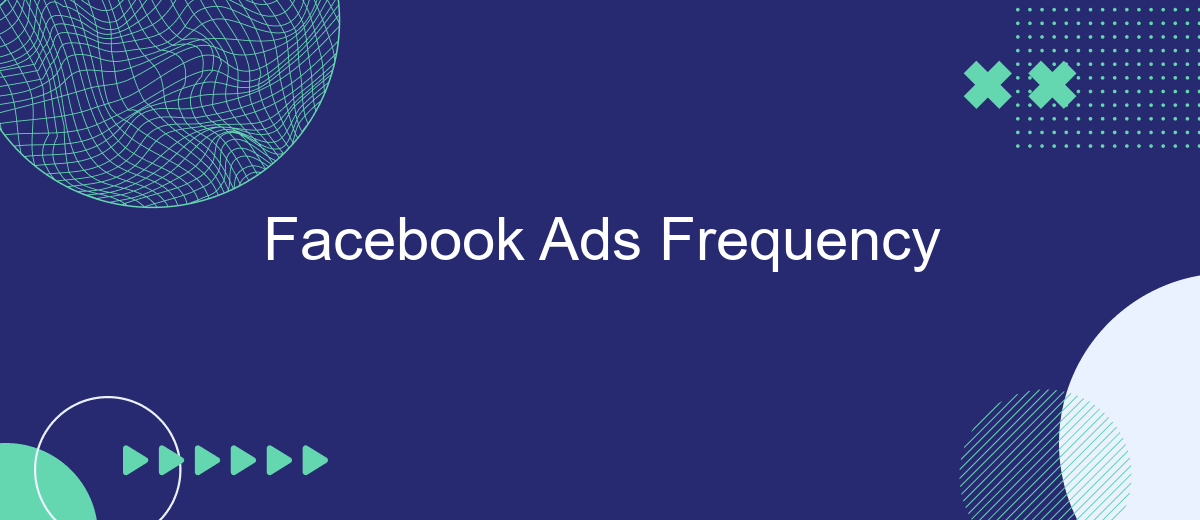Facebook Ads Frequency is a crucial metric for advertisers aiming to optimize their campaigns on the platform. It measures how often an individual sees a particular ad within a specified time frame. Understanding and managing ad frequency is essential to avoid ad fatigue, maintain audience engagement, and maximize return on investment. This article delves into effective strategies for monitoring and adjusting ad frequency to enhance campaign performance.
Understanding Facebook Ads Frequency
Facebook Ads Frequency refers to the average number of times a single user is exposed to your advertisement within a specific time frame. This metric is crucial for advertisers as it helps determine the effectiveness and reach of their campaigns. A well-balanced frequency can enhance brand recall and engagement, but excessively high frequency might lead to ad fatigue, causing users to ignore or become annoyed by the ads.
- Optimal Frequency: Striking the right balance to maximize engagement without causing fatigue.
- Impact on Budget: Higher frequency can lead to increased costs without proportional returns.
- Target Audience: Understanding your audience helps in setting an effective frequency cap.
- Ad Content: Fresh and varied content can sustain interest even at higher frequencies.
To optimize Facebook Ads Frequency, it's essential to regularly monitor campaign performance and adjust strategies accordingly. Testing different frequency settings and analyzing audience reactions can provide insights into the most effective approach. By maintaining a strategic frequency, advertisers can ensure their message resonates with the audience without overwhelming them.
Finding the Optimal Frequency for Your Campaigns

Determining the optimal frequency for your Facebook Ads campaigns is crucial to maximizing their effectiveness without overwhelming your audience. A frequency that is too low may result in your ads being overlooked, while a frequency that is too high can lead to ad fatigue, where users become annoyed by seeing the same ads repeatedly. To find the right balance, start by analyzing your campaign objectives and target audience. Experiment with different frequency levels during your campaign's initial phases and monitor key performance metrics such as click-through rates, conversion rates, and engagement levels to gauge the effectiveness of your frequency settings.
Utilizing tools and integrations can streamline the process of finding the optimal ad frequency. Services like SaveMyLeads can automate data collection and analysis, allowing you to make data-driven decisions more efficiently. By integrating SaveMyLeads with your Facebook Ads, you can receive real-time updates and insights into how your audience is responding to your ad frequency. This not only helps in adjusting your strategy on the fly but also ensures that your campaigns remain effective and relevant to your audience, ultimately leading to better ROI.
Factors Influencing Ideal Frequency

Determining the ideal frequency for Facebook Ads is crucial for maximizing campaign effectiveness while minimizing audience fatigue. Several factors play a significant role in influencing this ideal frequency. Understanding these factors can help advertisers tailor their strategies to achieve optimal results.
- Audience Size: A larger audience may require a higher frequency to ensure adequate exposure across diverse segments.
- Campaign Objective: Different objectives, such as brand awareness or conversions, may necessitate varying frequencies to achieve desired outcomes.
- Ad Content Quality: High-quality and engaging content can tolerate higher frequency without causing ad fatigue.
- Industry Type: Industries with high competition might need a higher frequency to stand out, whereas niche markets may benefit from lower frequency.
- Budget Constraints: The available budget can limit or expand the feasible frequency, impacting overall campaign reach.
By carefully considering these factors, advertisers can strategically adjust their ad frequency to enhance engagement and effectiveness. Regular monitoring and analysis of campaign performance metrics are essential to refine frequency settings and ensure that the advertising strategy aligns with business goals and audience expectations.
Strategies to Control and Adjust Frequency

Managing the frequency of Facebook Ads is crucial to maintaining audience engagement without causing ad fatigue. High frequency can lead to diminishing returns, where users become annoyed with seeing the same ad repeatedly. To optimize ad performance, it's essential to monitor and adjust the frequency regularly.
One effective strategy is to diversify your ad creatives. By rotating different ad designs and messages, you can keep the content fresh and engaging for your audience. Additionally, segmenting your audience allows you to tailor ads more specifically, reducing the likelihood of oversaturation.
- Set frequency caps to limit how often your ads are shown to the same user.
- Utilize A/B testing to determine which ad variations resonate best with your audience.
- Regularly refresh your ad creatives to maintain user interest.
- Adjust your target audience to reach new users and expand your reach.
Continuously analyzing your ad performance metrics is key to understanding how frequency impacts your campaigns. By utilizing these strategies, you can effectively manage ad frequency, ensuring your campaigns remain impactful and engaging without overwhelming your audience.
- Automate the work with leads from the Facebook advertising account
- Empower with integrations and instant transfer of leads
- Don't spend money on developers or integrators
- Save time by automating routine tasks
Analyzing and Interpreting Frequency Data
Analyzing Facebook Ads frequency data involves understanding how often your target audience sees your ads. A high frequency can lead to ad fatigue, causing users to ignore or even develop a negative perception of your brand. It is crucial to monitor this metric to maintain an effective advertising strategy. By examining frequency data, advertisers can determine if their ads are being shown too often or not enough, allowing for adjustments in targeting, budget, or creative content to optimize performance and engagement.
Interpreting this data effectively requires a strategic approach. If frequency is too high, consider diversifying your ad content or expanding your audience. Tools like SaveMyLeads can assist in automating and optimizing your ad campaigns by integrating CRM systems and ensuring that your audience targeting is precise. This can help maintain a balanced frequency, ensuring that your ads remain fresh and engaging to your audience. By leveraging such tools, advertisers can focus on creating compelling content while ensuring their ads reach the right audience at the optimal frequency.
FAQ
What is Facebook Ads Frequency, and why is it important?
How can I determine the optimal frequency for my Facebook Ads?
What are some strategies to manage high ad frequency on Facebook?
How can I automate the management of my Facebook Ads Frequency?
What impact does high frequency have on my ad performance?
You probably know that the speed of leads processing directly affects the conversion and customer loyalty. Do you want to receive real-time information about new orders from Facebook and Instagram in order to respond to them as quickly as possible? Use the SaveMyLeads online connector. Link your Facebook advertising account to the messenger so that employees receive notifications about new leads. Create an integration with the SMS service so that a welcome message is sent to each new customer. Adding leads to a CRM system, contacts to mailing lists, tasks to project management programs – all this and much more can be automated using SaveMyLeads. Set up integrations, get rid of routine operations and focus on the really important tasks.

